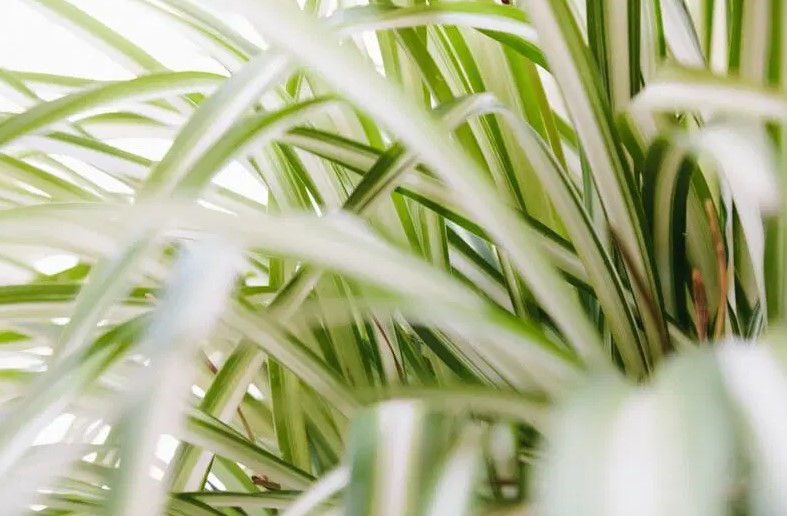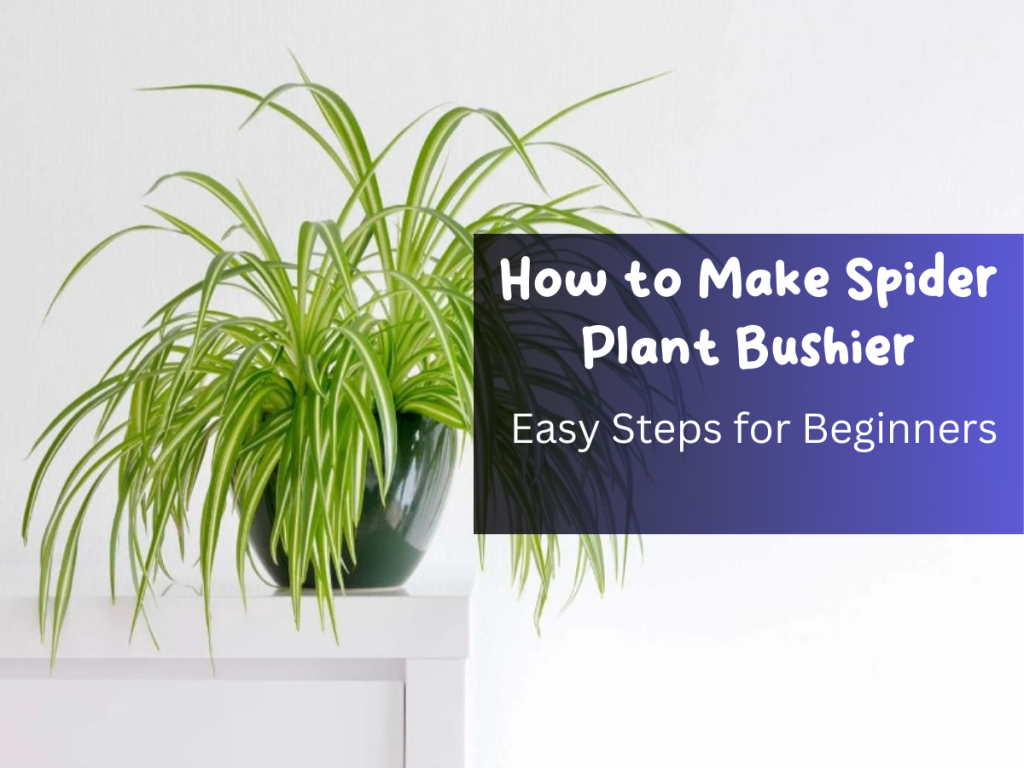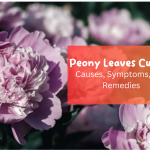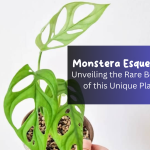Are you tired of your Spider Plant looking sparse and thin? Discover the secrets of making your Spider Plant bushier and more vibrant with our expert tips. Learn How to Make Spider Plant Bushier and transform your plant into a lush, thriving centerpiece of your home or garden.
7 Tips on How to make spider plant bushier
Room to Grow
Like any potted plant, a spider plant can ultimately develop pot-bound roots, which cause the plant to suffer from poor health and take up much of the soil.
Visible roots protruding from the container’s drainage holes, brown leaf tips from lack of water, yellowing leaves, and restricted growth from insufficient water absorption indicate that the spider plant is pot-bound.
By repotting your spider plant into a larger container, you may encourage growth by giving its roots more room to spread. A more extensive and vigorous spider plant will come from sharing the roots more freedom to spread out and better absorb the water in the soil.
Watering Schedule
Having a regular watering routine for spider plants is easy and straightforward.
Generally, water the plants when the top layer of soil becomes dry to keep the soil at a moderate moisture level. However, avoiding overwatering the plants is crucial since this might result in severe issues like root rot.
Your spider plant will need extra water throughout the summer because of the increased water evaporation from hot temperatures.
Although rainwater is the best for plants, distilled water may be used to water your spider plant if rainfall isn’t an option.
Contrary to popular belief, the water used to water plants is essential for their growth since tap water may include toxic substances like fluoride and chlorine that are bad for plants’ health.
To prevent water from getting on the leaves and rotting them, watering your spider plant by aiming the water at the earth is recommended.

Temperature
Winter plant caretakers can confirm that spider plants need higher temperatures to promote rapid development.
It is advised to keep temperatures between 70°F and 80°F (about 15°C and 27°C), with 50°F (10°C) being the absolute minimum threshold, to guarantee optimal development.
Soil
Spider plants need nutrient-rich, well-draining soil to develop healthily. A combination of peat moss, perlite, and vermiculite that promotes optimum moisture and air dispersion makes the best potting soil for these plants.
Avoid thick or dense soils since they can prevent the roots from absorbing oxygen and lead to root rot, which is bad for the plant’s health.
Pruned Regularly
Pruning is a valuable technique for encouraging your spider plant’s healthy growth. Regular pruning fosters bushier growth while keeping the plant’s ideal size and form while also assisting in controlling diseases and pests.
The good news is that you don’t have to spend money on pricey trimming tools. Using a pair of pruners, scissors, or garden shears is sufficient. You may use the same method to cultivate different plants, such as snake plants.
Use sharp cutting tools to prevent harm to your spider plant. Dull blades might shatter and impede development. To stop the spread of infections, it’s also essential to sanitize your pruning equipment using 70% isopropyl alcohol or regular bleach.
Fertilization
An essential method for promoting plant growth and development is fertilization. You may get amazing effects by adding fertilizer to your golden soil, including fuller, cleaner, and luscious-looking spider plants.
Choosing the best fertilizer for your spider plant might be challenging, though. Generally speaking, nitrogen, phosphorus, and potassium are the three primary nutrients that encourage plants to develop new leaves. These vital elements are often present in fertilizers and are critical in making spider plants bushier.
Sunlight
Indirect bright light is the optimal light source for spider plants to thrive. Excessive direct sunlight can cause the plants to wither or become scorched, whereas bright, indirect light for six hours per day is ideal.
To nourish your spider plants during the spring and summer months, it’s recommended to utilize liquid fertilizer at least once a month and sometimes twice.
Thankyou for visiting Avi Hoffman Garden, read article about Troubleshooting ZZ Plant Leaf Curling for a Healthy Indoor Plant and ZZ Plant Toxic To Cats in our blog.

Frequently asked questions – Spider Plant Care
A: To make spider plants grow faster, you must provide them with ideal conditions, such as bright and indirect light, optimal temperature, occasional watering, and quality fertilizers. Maintaining humidity levels is also essential. Avoid exposing them to adverse conditions, as it can affect their growth.
A: The most common and natural method for making spider plant babies is through propagation; this involves cutting off one of the spider plant’s “babies” and placing it in water until roots form. Once the roots have grown, the baby spider plant can be transplanted into soil.
A: To make a spider plant bushy, you can follow simple steps such as regular trimming and pruning to remove dead leaves, repotting to provide more space for growth, and propagating to create spider plant babies. These techniques will help your spider plant grow and look bushier and fuller.
A: Growing spider plants in water is easy. Fill a glass jar or pot with non-chlorinated water, place the spider plant cutting in the water, and wait for roots to form. It is a quick process; once the roots have grown, the cutting can be transplanted into soil.
A: Spider plants grow faster than other plants, and their roots can become crowded quickly. Repotting is necessary when spider plants become overcrowded. Make sure to provide them with adequate space to grow and flourish.







